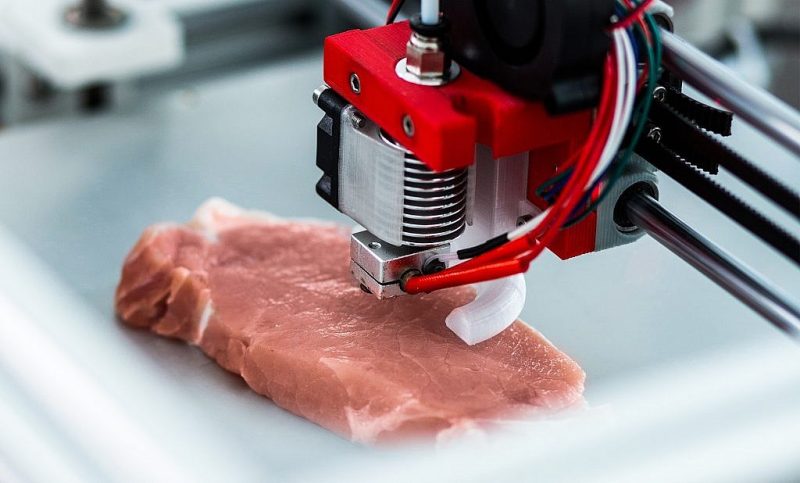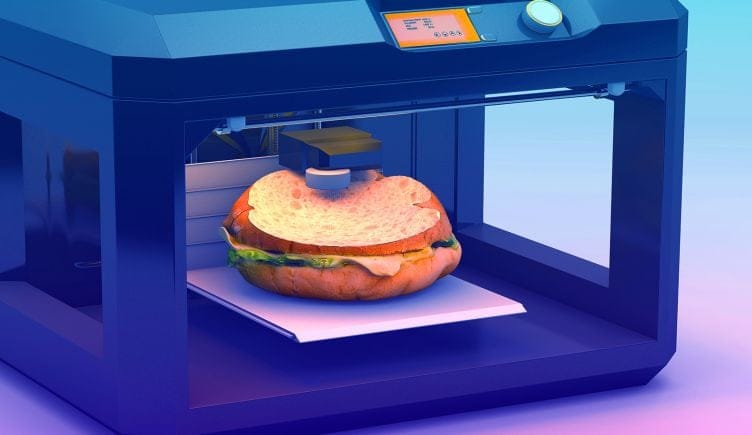Revolutionizing Cuisine: The Emergence of 3D Printed Food

In the realm of culinary innovation, 3D printed food stands as a futuristic concept turned reality. This technology, initially perceived as a novel idea, has evolved into a tangible solution addressing various challenges in food production and consumption. 3D food printing, at its core, involves the use of additive manufacturing techniques to create edible items. It’s a process where layers of ingredients are deposited based on digital models, offering a new dimension to food customization and design.
How Did We Arrive Here?
The journey to 3D printed food began with the advent of additive manufacturing. Initially focused on industrial applications, this technology’s potential in the culinary world was quickly recognized. The first experiments involved simple shapes and materials, gradually progressing to more complex structures and diverse ingredients.
As the technology advanced, the focus shifted towards sustainability. 3D food printing offered a way to reduce waste by precisely using ingredients, an attractive proposition in a world grappling with food scarcity and environmental concerns.
Another driving force has been the quest for personalized nutrition. With 3D printing, it’s possible to tailor food based on individual dietary needs, creating bespoke meals that cater to specific health requirements.
How Does 3D Printed Food Taste?
A common question surrounding 3D printed food is its taste and texture. Initially, the focus was more on form than flavor, but as the technology evolved, so did the culinary results. Today, 3D printed foods can rival traditional dishes in taste and texture, offering a sensory experience that’s both familiar and novel.
The key to achieving desirable flavors lies in the quality of ingredients used and the precision of the printing process. Advanced printers can now handle a variety of ingredients, from chocolate to protein-rich substances, enabling a wide range of taste profiles.
Is It Better Than Real Food?
Comparing 3D printed food to traditional cuisine brings up intriguing questions about what constitutes “real” food. In terms of nutritional value, 3D printed meals can be engineered to be as nourishing, if not more, than conventional meals.
The customization aspect of 3D printing also allows for dietary adaptations that are difficult to achieve with traditional cooking methods. This means that for people with specific nutritional needs, 3D printed food might indeed be a better option.
However, it’s important to consider the culinary experience. While 3D printed food can mimic traditional dishes, there’s an undeniable charm and cultural significance in conventional cooking that technology can’t replicate.

Exploring the Sustainability and Ethical Aspects
One of the most significant advantages of 3D printed food is its potential for sustainability. By precisely using ingredients and reducing waste, this technology can play a crucial role in more sustainable food systems.
Ethically, 3D printed food opens doors to more equitable food distribution. With its ability to create nutritionally rich food from basic ingredients, it holds promise for addressing food scarcity in underprivileged regions.
Conclusion: A Hype or the Future?
Is 3D printed food just a passing trend or a glimpse into the future of cuisine? The answer lies somewhere in between. While it presents exciting possibilities in terms of sustainability, customization, and nutrition, it’s still in its nascent stages.
As the technology matures and becomes more accessible, it’s likely that 3D printed food will find its place not just as a novelty but as a valuable component of our food system.
